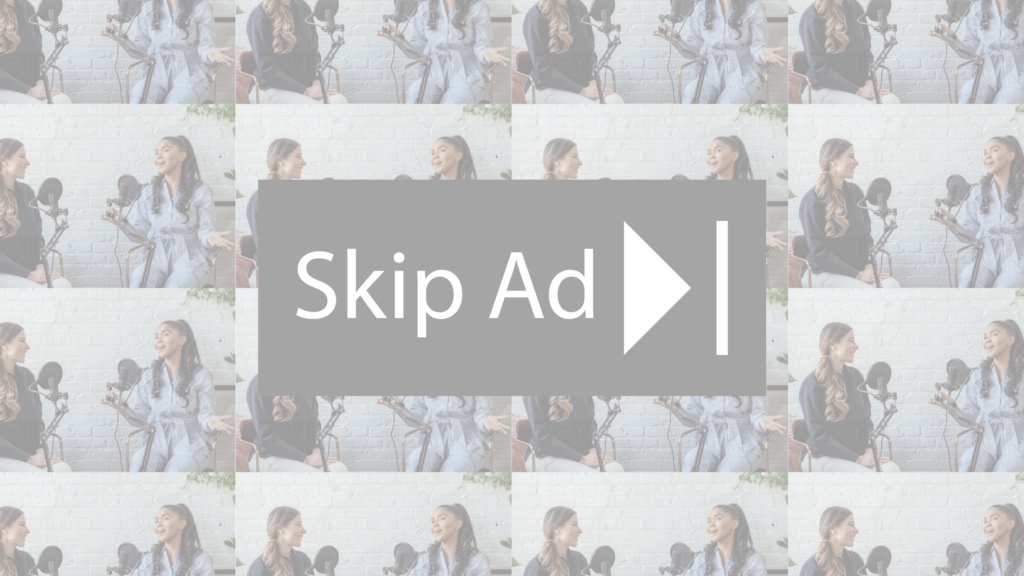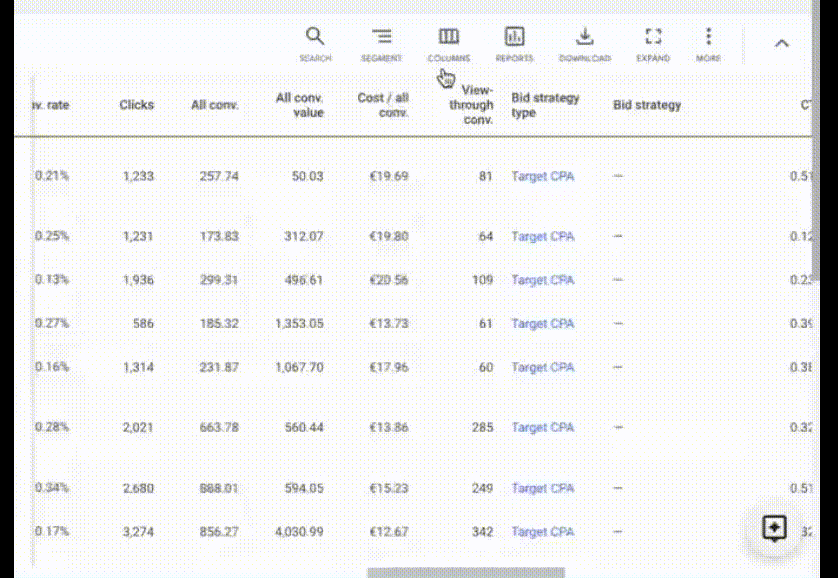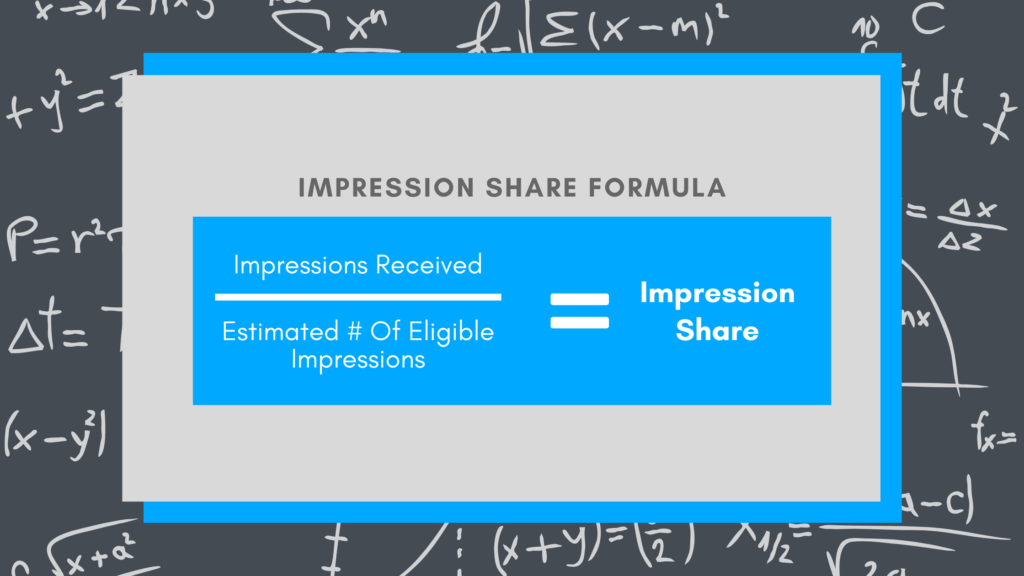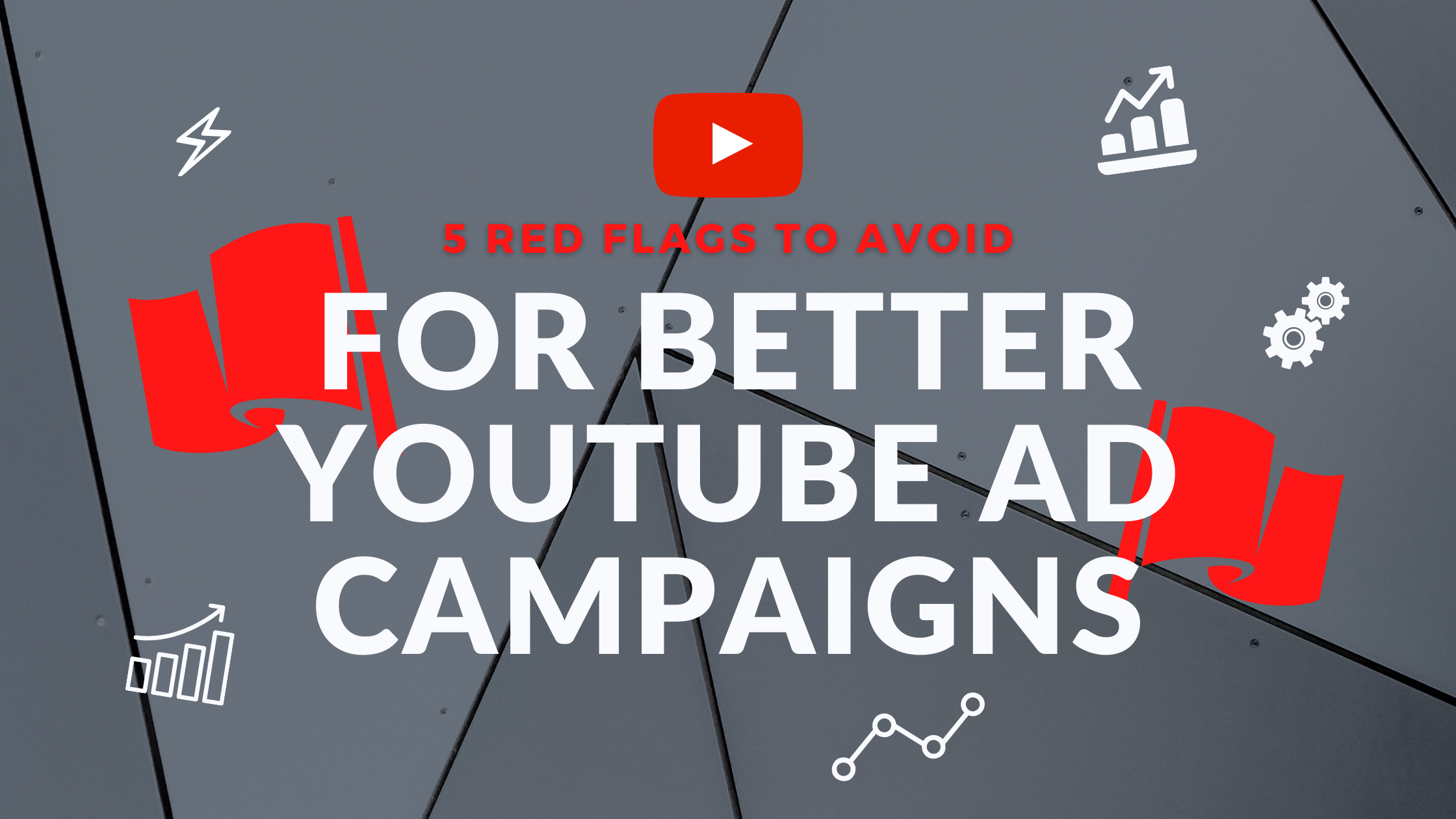Better YouTube Advertising Campaigns start with paying attention to the details. Sometimes, it’s all too easy to launch a quick campaign and set it and forget it. Doing so can cost your business money, though. This is why we recommend to take a step back, and go over your setup and details once more before launching.
By spending that extra time to review your campaign, you tend to catch errors that would otherwise affect your campaigns’ performance in the long run. In this article, we will explore the 5 red flags that you need to keep an eye on for better YouTube advertising campaigns.

Low Clicks And Low CTR
A click-through rate (CTR) is the percentage of users that click on an ad whenever they see it. So what makes a good CTR? Let’s start with this example: your ad has 10,000 impressions and has received one click so far. That would equal 0.01% CTR. This 0.01% figure represents how helpful or interesting your ad is to those 10,000 users. In this case, not so helpful.
Even if your optimizing a video ad for views, you should still look at CTR, particularly for conversion campaigns. This will give you an idea of whether or not viewers are actually clicking on your ads. A conversion video campaign with a low CTR, albeit very high views, would mean that viewers aren’t clicking on your ads or taking action.

Remember that CTR is telling Google how receptive viewers are to your ads, and how relevant your ads are. This is why you need to think through what creative is going to grab your audience’s attention and get them interested.
So the first thing that you need to check when it comes to CTR is whether you are targeting the right audience. Do this by revisiting your targeting selections and the placements where your ads were shown. This will ensure that you are targeting the most qualified audiences. Also, consider including hooks or offers on the video to entice users to click and visit your website.
*For more learning on impressions and CTR, check out these FAQs from Google.

Low View Rate
View rate is one of the key performance metrics to watch for creating better YouTube advertising campaigns. By definition, view rate is the number of views your video ads receive, divided by the number of impressions.
View rate is an effective measurement of how interesting or appealing YouTube viewers find your ads. When you have a low view rate, it means your ads are not attracting enough viewers. People are seeing your ad but are not compelled enough keep watching it (at least 30 seconds).

Having a low view rate is not something you want to see in your data. There are different reasons for having a low view rate, such as ad bids, ad length, or having the wrong target audience.
You can steer clear of a low view rate by digging into what your ad is lacking. Is it the quality of your ad? Do you need a more creative concept to catch the viewers’ attention? Is your ad too long that viewers get distracted before they get to the good stuff about your product or service? Are you reaching out to the right set of audiences?
Ask yourself these questions (and more) on how your ad could be better. Then go about tweaking and improving it, and you should be able to improve your view rate.

High User Frequency
When viewers see the same set of ads over and over again, they tend to tune it out. They are no longer curious and will skip the ad as soon as they can instead of clicking on it. No one wants to see the same ad every time they’re on YouTube. It can result in what is known as “ad fatigue.”
To check the frequency of your ads, you can add a “reach metrics” column to your campaign manager. By doing so, you would be able to see how many unique users have seen your ads and even the average frequency per viewer.

From there, optimize the frequency of your ad to help solve this problem. This will allow you to manage how many impressions a viewer can have during your campaign. Frequency capping can help you avoid ad fatigue, making sure your ads are being served to the right viewers without being too repetitive.
Understanding and analyzing your reach and frequency data will give you a view of what needs to be improved so that high user frequency won’t become an issue and you’ll be that much closer to creating better YouTube advertising campaigns.

Low Impression Share And High Lost Due To Rank
Impression share is the percentage of impressions your ad gets when compared to the total number of estimated eligible impressions.
Lost (impression share) due to rank is the estimated percentage of impressions that your ads didn’t receive due to poor ad rank. This means that your ads could have been shown to a lot more users but due to its low ad rank, you lost the auctions.

If you are seeing low impression share and high lost IS (rank), that means your ads are being throttled by their quality. You can’t reach a big chunk of your audience because you’re losing the auction due to your ad rank.
To make sure that your ads are getting seen by viewers, follow these tips:
Add more to your campaign budget
How often your ad is being shown is relative to how much you're willing to spend. You get what you pay for and it makes sense to allocate more budget if you want more visibility for your ad.
Raise your bid
By doing this, you increase the chances of your ad showing for a given ad auction.
Re-align your budget according to your campaign goals
When you know exactly what you're going after in a particular ad campaign, it's easier to come up with a budget that will fit your specific target.
Produce high-quality ads
Not only are you competing with the viewer’s attention span but also with other ads. When you serve high-quality ads to viewers, they are more likely to click on them.
Your ads always have the chance to do well in ad rank, which is one of the factors of getting low impression share and high lost due to rank. With the tips above, you should find your ads improving, and becoming more visible to a wider set of audiences. Improve your ad rank and your ad’s performance will improve, too.

Unspent Daily Budget
If your budget was not maximized, it means that Google has not pushed your ad enough to be seen. There are a couple of things you can do to resolve this issue, if not altogether avoid it.

Here are a few reasons why you may have an unspent daily budget:
Your campaign isn't competitive enough
The competitiveness of your campaign relies on your bid and your ads quality. So, increasing your bids and making ads that are relevant to users will raise the competitiveness of it.
Your target audience is too restricted
Check to make sure your target audience is not too small. Be careful with layering any of your targeting too much, as this could result in restricted targeting.
Super low budget
Budget that is too low might result in not being spent at all because it isn't enough to participate in an auction against competitors (especially if it’s a highly competitive niche).
Another change you can do to help use your budget is to change the delivery method. Go from “standard” to “accelerated”. This pushes Google to show your ad as often as possible to viewers. When you have more viewers, there are more chances of your ad getting clicked.
We recommend being cautious though, you do not want to spend all your budget in a short period of time without generating tangible results. You also don’t want to create ad fatigue as we mentioned earlier. This is just one more experiment to test amongst others.
Keep an eye on these and take steps to fix them early on. These are factors that can still be worked out when you take the time and effort to review your campaigns.
Conclusion And Takeaways
Watching out for these five red flags, and dealing with them as they come up, will result in better YouTube advertising campaigns.
Having effective and maximized CTR and view rates will help make a difference. Make sure your viewers don’t experience ad fatigue by optimizing your ad’s frequency. Impression share is an important factor to watch, too. Place more effort in understanding the best ways to reach your audience. And finally, aim for giving relevant and interesting ads so that Google will give more visibility to it.
You should be continually checking your campaign dashboard, analyzing your ad’s performance and seeing which areas you should improve on. When you become more mindful of the different metrics in your ad campaigns, it’s easier to spot the mistakes and take action to improve upon them.






